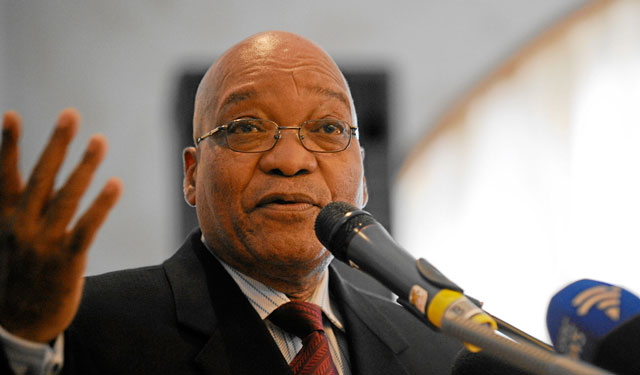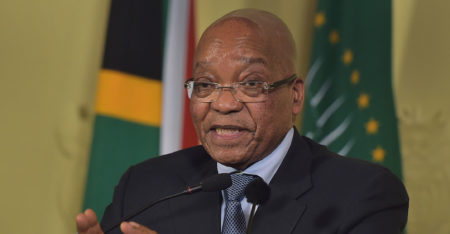
The rand tanked to its lowest level yet against major currencies on Wednesday evening, shortly after President Jacob Zuma removed Nhlanhla Nene as finance minister and replaced him with largely unknown David van Rooyen.
By midnight, the rand was trading at R14,94/US$ after hitting R15,38 against the greenback within minutes after the announcement. Against the pound and euro, the South African unit was trading at R22,67 and R16,46 respectively.
It however slipped again to below R15/$ in overnight trade in New York, with the unit last trading at R15,03 against the dollar.
Peter Attard Montalto, emerging markets economist at Nomura International, said in light of the events on Wednesday (Nene’s removal) that “R16/$ now seems not an outrageous target”.
The rand has lost almost 30% of its value against the dollar so far this year.
Earlier on Wednesday, Zuma announced that Nene would be replaced by Van Rooyen, an ANC MP.
Nene was to be deployed to another “strategic position” which would be announced in due course.
Van Rooyen is a former mayor of the Merafong municipality and a former North West provincial chairman of the South African Local Government Association.
He is currently the whip of the standing committee on finance and whip of the economic transformation cluster.
Montalto said he “worries that the rand is becoming less of a dollar and FOMC-related high beta trade (though that is still there in the background) and more of a credit and domestic idiosyncratic risk premia driver”.
As such, it is difficult to define where the upside target is in the rand/dollar exchange rate, especially into December liquidity.
“We will have to see where USD/ZAR settles, but in light of last night’s event, our forecast will have to shift to see less chance of recovery from weak levels in the coming quarters as this credit story takes hold.”
Montalto said the move reinforces his view that investors are rapidly becoming significantly and structurally more bearish on South Africa. “We noticed this shift significantly in the last few days.
“The key risks are that the bond curve rerates higher from 8.80% towards around 10.0-10,5%, which would severely stress the budget. It supports our view of being long USD/ZAR and long SA CDS and underweight external debt.” — Fin24




